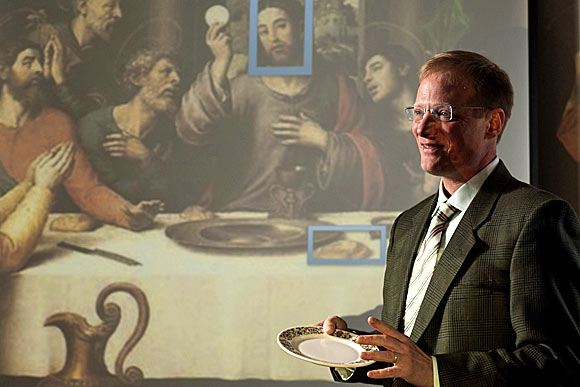For years, people have noted that in many Jewish circles, the minimum amount of food required to fulfill one’s obligation with respect to eating-related mitzvot has been on the rise. This trend can be seen for example, in the amounts of matzah and maror (bitter herbs) consumed at last week’s seders. It can be seen in the increasing large Kiddush cups which are used and the amount of wine consumed at both seders and throughout the year.
Some bemoan this as needless and even obsessive behavior reflecting an increasing fear and rigidity among and ever-growing number of Jews. Others see the trend as reflective of our increasingly technological society which is able to produce a specific answer to virtually any question. According to at least one Israeli social anthropologist, Professor Menachem Friedman, this trend is a function of combining the largest measures from multiple communities as Jews from around the world came together and wanted a shared standard which met the needs of all. The result was to take the most demanding position from each community.

But the recent work of Brian and Craig Wansink, scholars studying portrayals of the Last Supper, may provide another and altogether more positive way to understand this trend. They noticed that in paintings of the Last Supper (in all likelihood as seder), the portions on the disciples plates has grown enormously between the years 1000 and 2000. Effectively, artists over the last millennium super-sized the Last Supper!
Not surprisingly, this expansion of the portions is a natural consequence of “dramatic socio-historic increases in the production, availability, safety, abundance and affordability of food” over the millennium that started in the year 1000 A.D. In other words we demand larger portions now and imagine that they had them in the past, because we can have them in the present.
Does this mean that we should return to smaller portions? That they are “more traditional”? Perhaps it means that with increasing abundance, we are more obligated to use bigger portions because that is what signals the abundant blessing in all of these rituals, Jewish or Christian. Whatever it means, super-sizing is clearly about more than corporate greed or human gluttony. Interesting, no?
